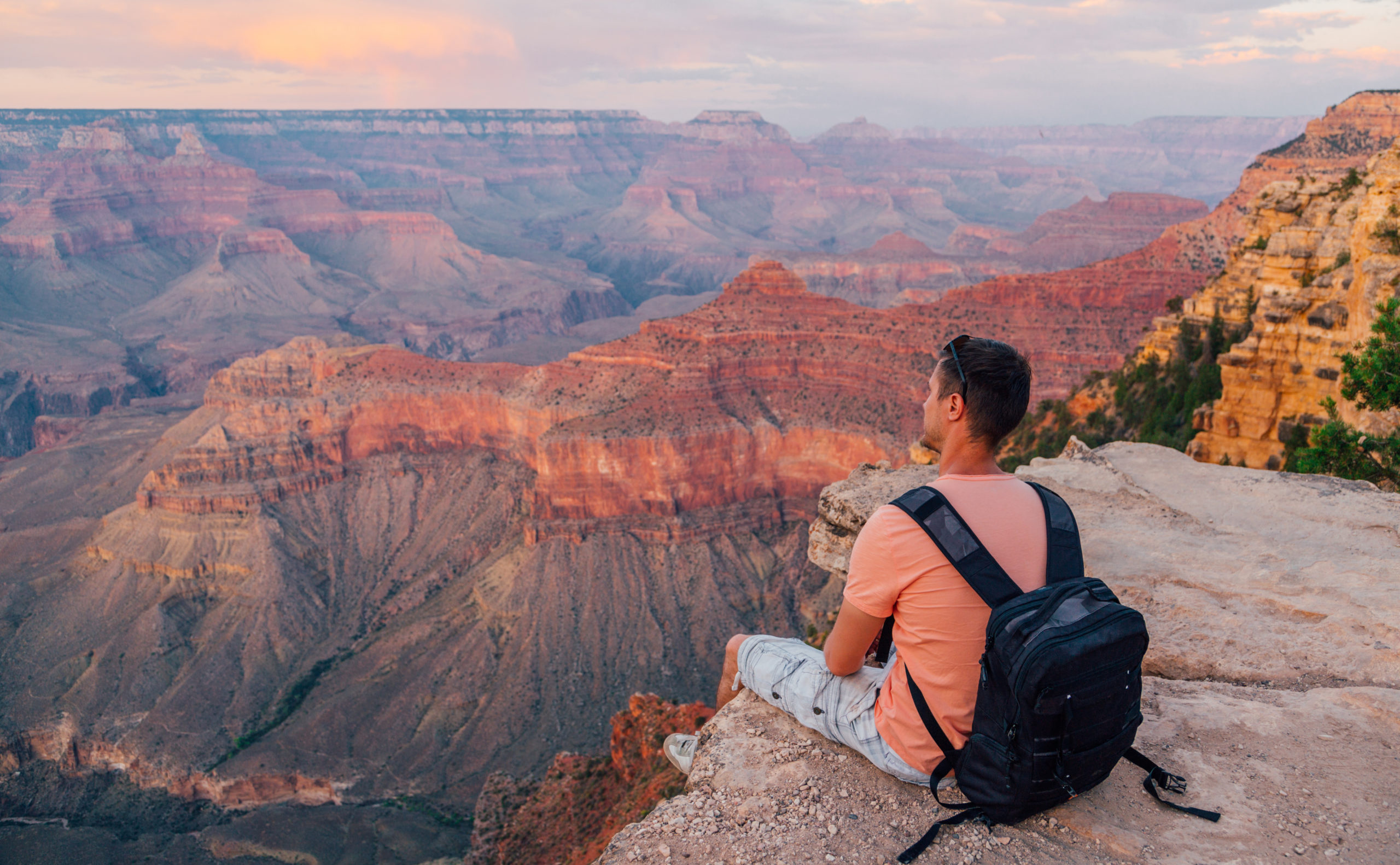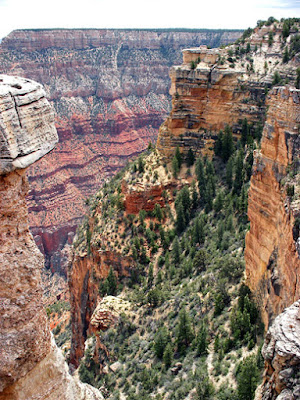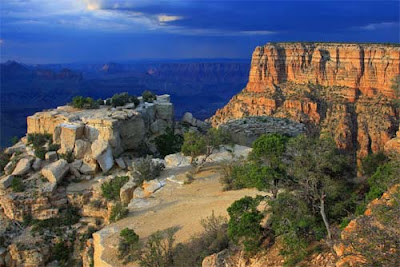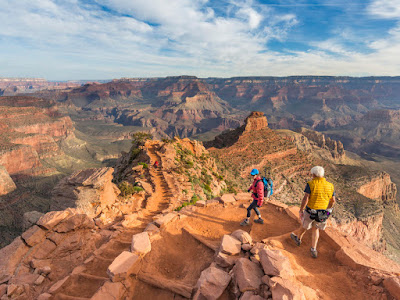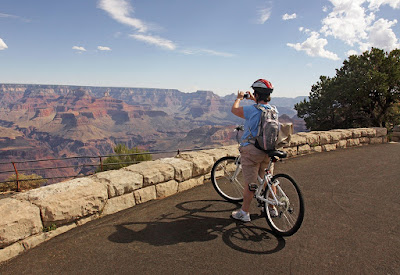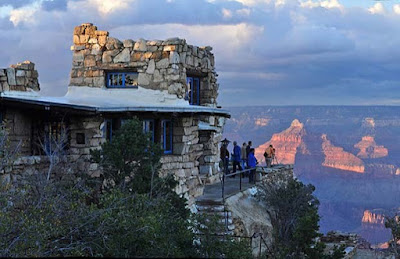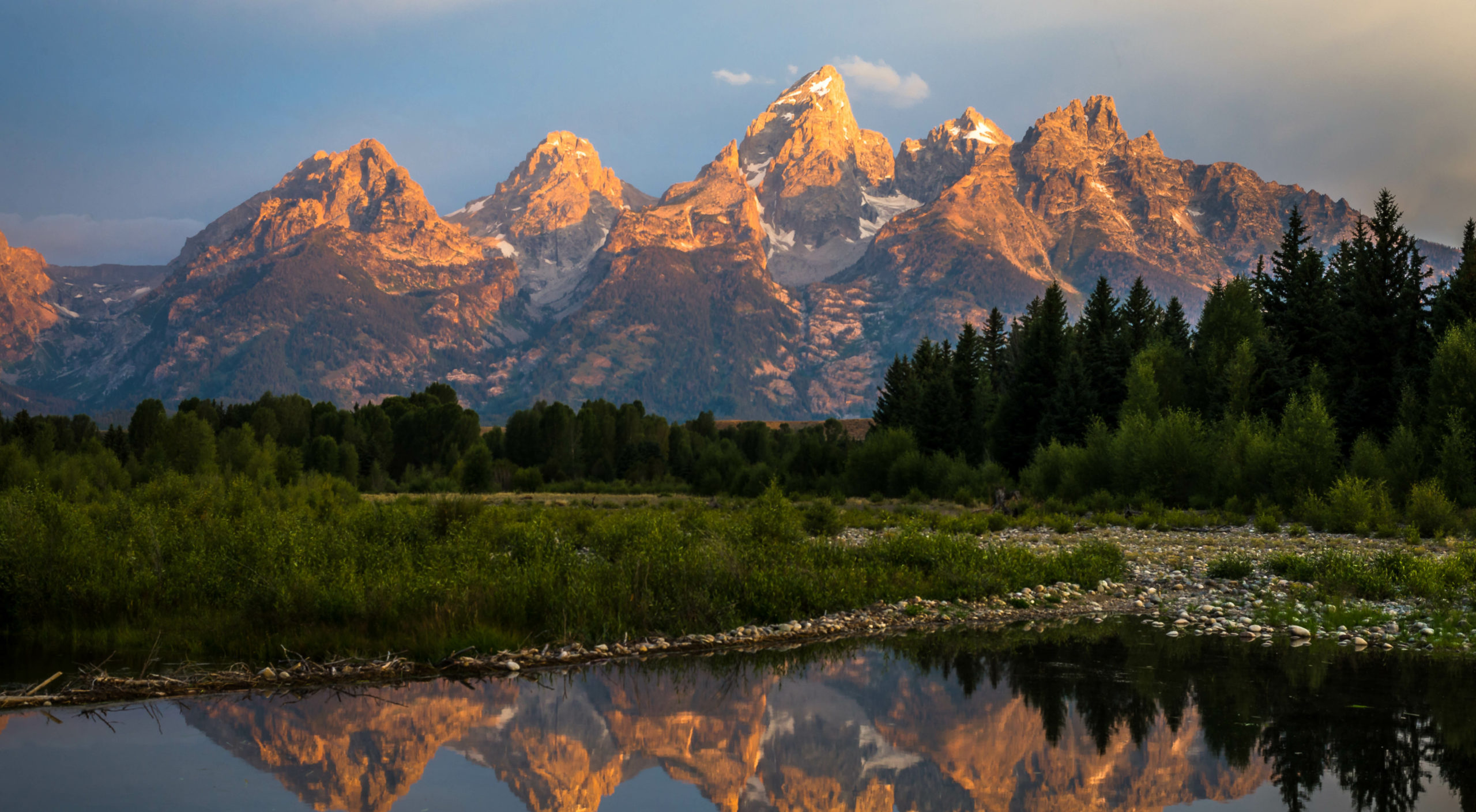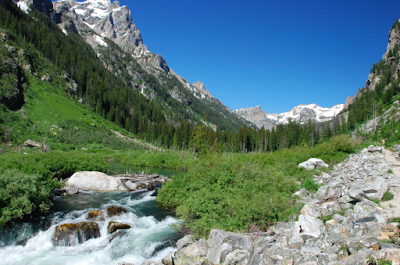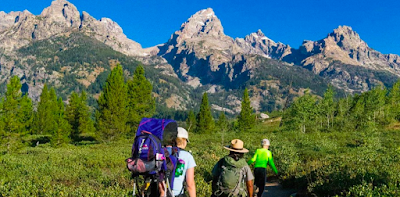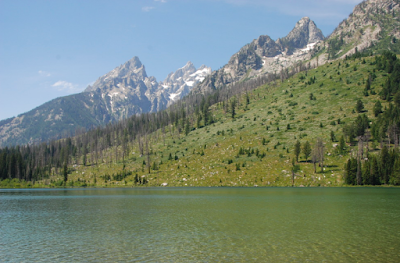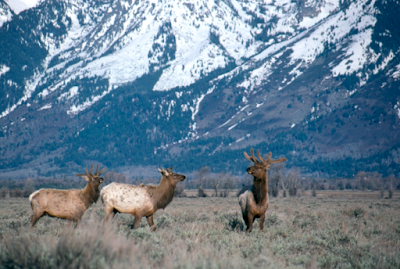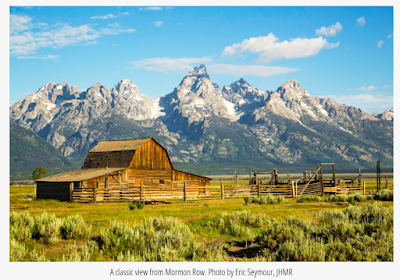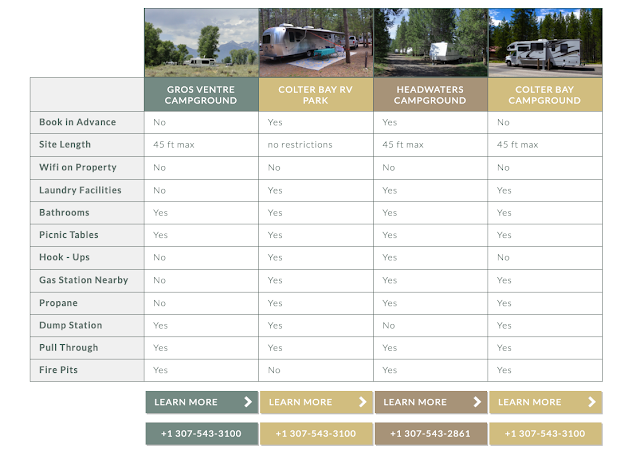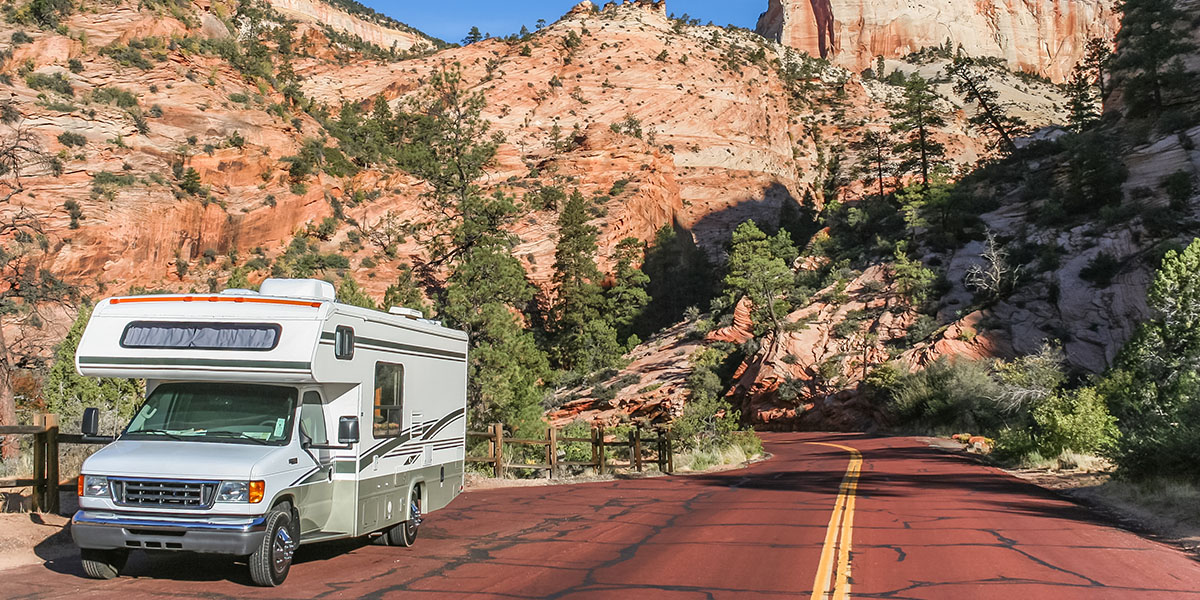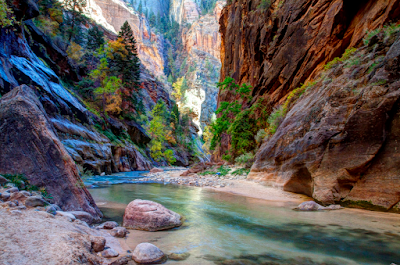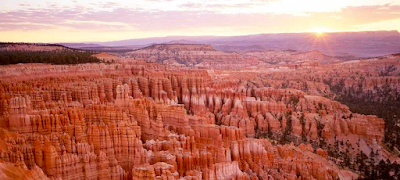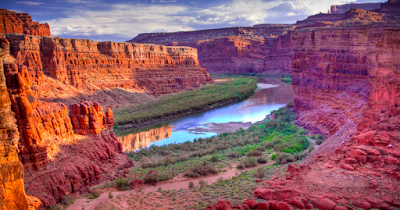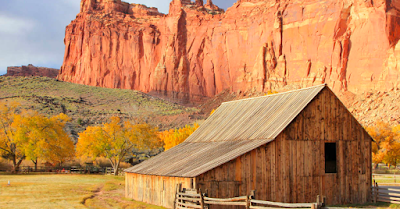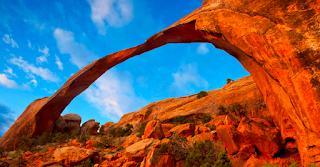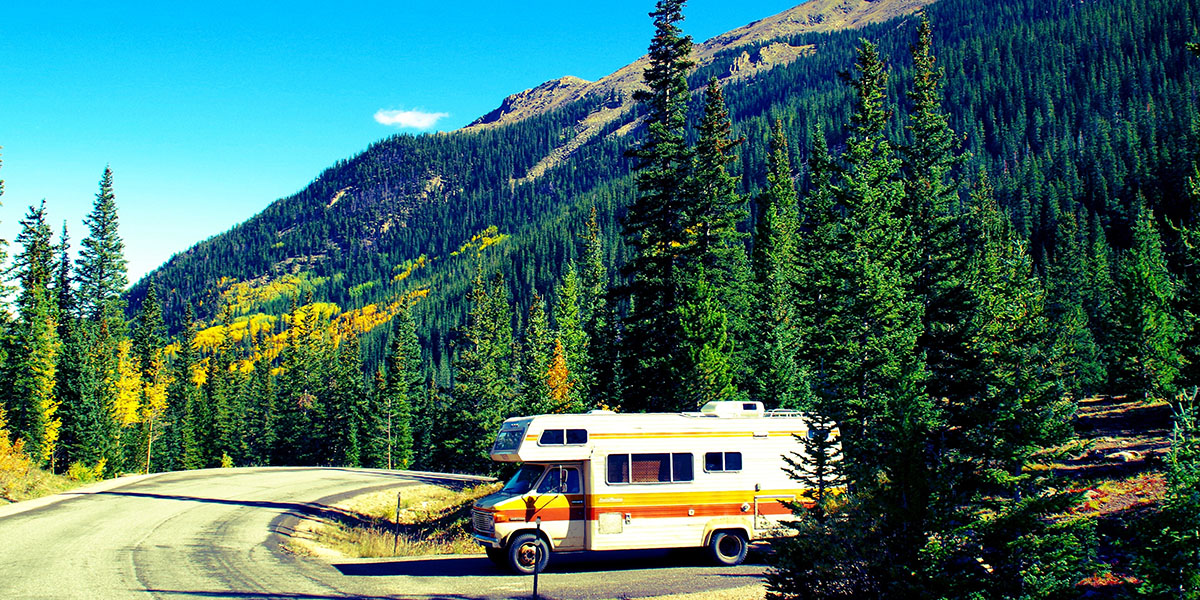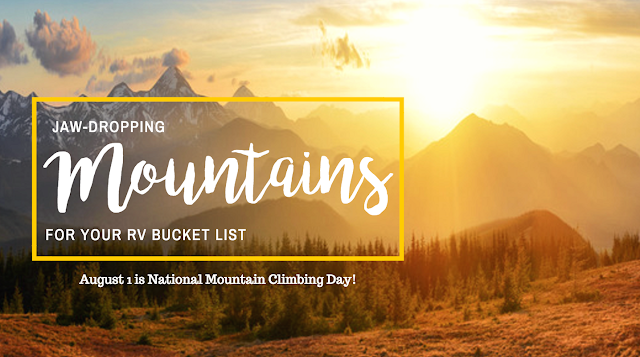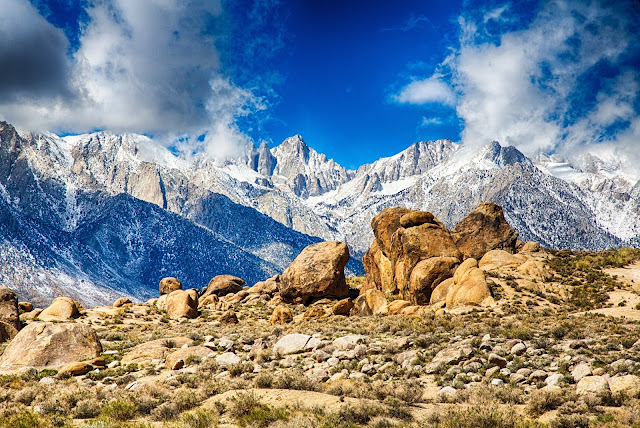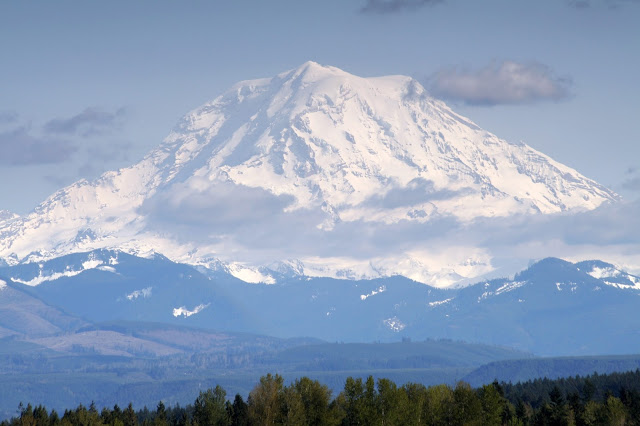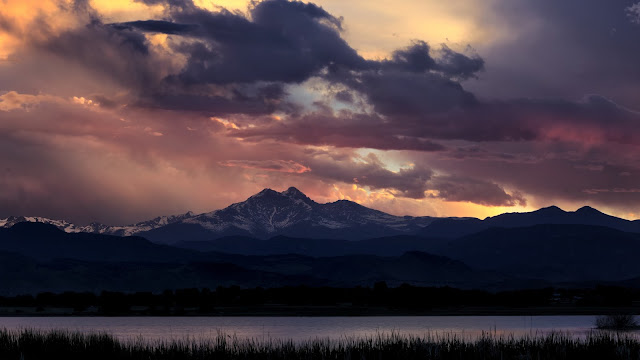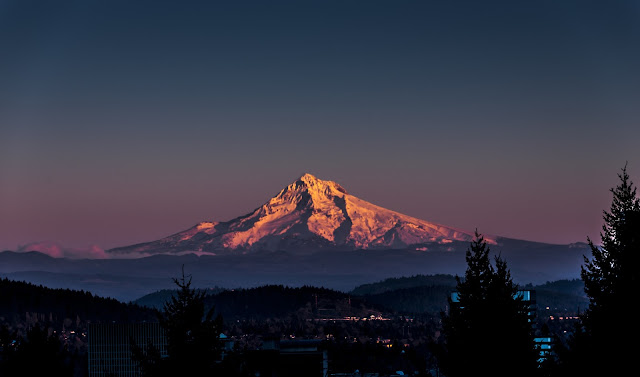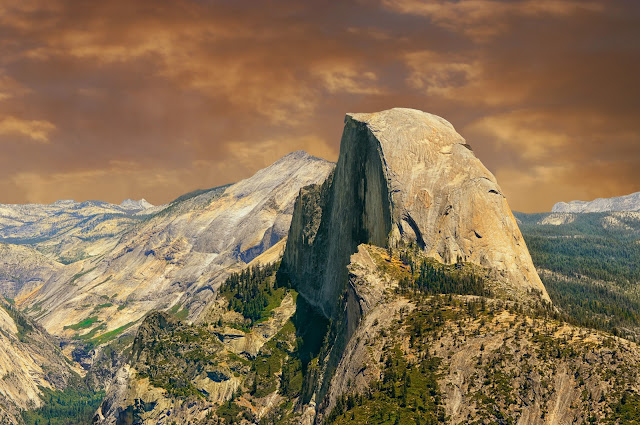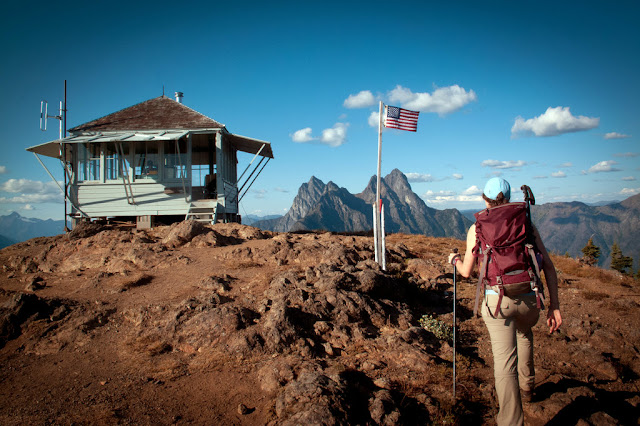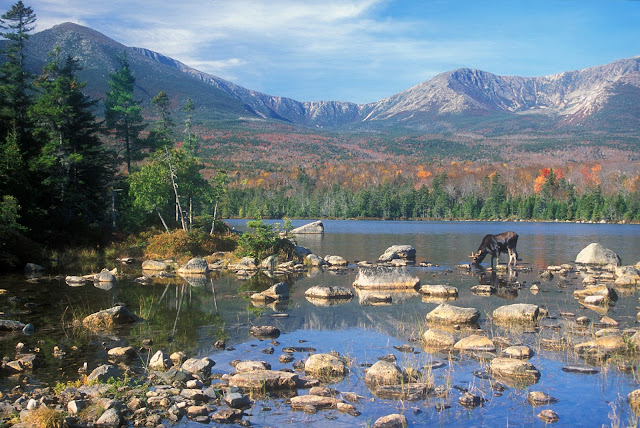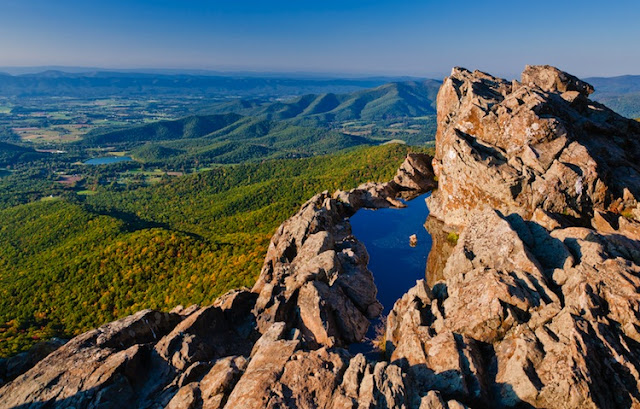Grand Canyon National Park is on just about everyone’s travel bucket list and it’s easy to see why. Millions of people visit the park, located in Arizona’s northwestern quadrant, each year to take in its main feature – The Grand Canyon (you guessed it).
The Grand Canyon is a massive gorge that was created by constant erosion from the Colorado River over millions of years, and is now considered one of the major wonders of the world. Taking in views of the grandiose canyon is definitely the most popular activity in the park, but there’s SO much more to do and see. We’ll take you on a tour of Grand Canyon National Park’s South Rim and share why you need to load up your RV and head to Arizona, today.
So, Why Grand Canyon?
It’s a valid question that we’ve got a few answers to. Grand Canyon National Park is truly breathtaking and is the perfect getaway for families, couples, and solo travelers – anyone and everyone will have something to do and see at this park. Grand Canyon National Park is massive in size, coming in at 1.2+ million acres and parts of the park can be visited year-round. We love the variety of activities this park provides, whether you’re into biking, hiking, or photography – this U.S treasure has got you covered.
Grand Canyon National Park is broken out into two main areas – the South Rim and the North Rim. Each section of the park offers something different to travelers and, if you have the time, we recommend checking out both. The entrance fee to the park is $35-dollars and is valid for 7 days – this includes access to both the South and North Rims. In this post, we’ll be covering all things South Rim – stay tuned for our post highlighting the less visited, but equally as impressive, North Rim.
The South Rim
The South Rim of Grand Canyon National Park is the easiest part of the park to get to and is open year-round to travelers. For this reason, the South Rim is the most developed part of the Grand Canyon and chances are, if you see a photo of the Grand Canyon, you’re seeing the South Rim. There are a variety of attractions, hotels, restaurants, and activities to do in this area of the park. The area is also the most popular part of the park, attracting more than 5 million visitors per year, and includes the iconic views and vistas of the Grand Canyon you’ve been waiting your whole life to see in person (they are worth it – trust us). If it’s your first time visiting Grand Canyon National Park, we recommend checking out this area first.
Tip Before You Go: Keep in mind that during summer months, the park offers a free shuttle service that many people rely on to get around the grounds. The park’s shuttle operates on four routes and buses come every 15-20 minutes. We suggest utilizing this free service so you can see as much of the park as you can in a timely manner. Check out the park’s website for more information. Now let’s get into all things South Rim.
South Rim Activities
Check Out the Viewpoints
If you’re coming to Grand Canyon National Park, we’d say there’s a good chance you want to see some amazing views of the Grand Canyon. Lucky for everyone, there are a wide variety of lookouts in the South Rim that offer Instagram-worthy views – #nofilter needed. Here are a few of our favorites:
- Mather Point – This viewpoint is one of the most popular destinations in the park, as it is one of the closest viewpoints to the main entrance. Mather Point’s viewing area is extensive and is just over 7,000 feet in elevation. For most, this will be the first viewpoint that they see the Grand Canyon so you’ll be hearing a lot of “Ooos” and “Ahhhs” in this area. You can see almost ¼ of the entire Grand Canyon from Mather Point. This viewpoint is great for families as you can easily relax, take in the magnificent views, and have a quick picnic after the long drive.
TIP: Try visiting this viewpoint at sunrise or sunset – the colors create unforgettable views that you will cherish for a lifetime.
- Moran Point – Moran Point was named after famous painter Thomas Moran who was known for his spectacular nature scenes. This particular viewpoint offers sweeping views that almost look like a painting themselves. This viewpoint is a favorite among photographers and painters alike as the stunning, colorful vistas go on for miles. It differs from other viewpoints because you can see a wider variety of rock formations (layered Paleozoic Rocks, the Grand Canyon Supergroup, and the Vishnu Basement Rocks) as well as an incredible view of Red Canyon.
TIP: You can access this viewpoint by car, there’s no need to take a shuttle from Grand Canyon Village (unless you want to).
- Mohave Point – This viewpoint is located just off of Hermit Road and is another favorite sunrise and sunset viewing location on the South Rim. Instead of just having one main viewpoint location, Mohave has a few, making it feel far less crowded than some of the other scenic lookout areas. Here you will take in views of The Abyss – one of the main locations along Rim where the view into the Canyon is nearly vertical. The drop is almost 3,000 feet into Grand Canyon to the Redwall Formation and will get your heart pumping.
TIP: This stretch of road closed to private traffic between March 1st and November 30th you’ll need to take a shuttle (they are free!) to this viewpoint.
Hiking
Hiking is a great way to enjoy the South Rim of Grand Canyon National Park, but you must exercise caution. The National Park’s Service strongly advises hikers to avoid hiking from the rim to the river and back in one day, especially during the months of May to September. There are no easy trails when hiking into or out of the Grand Canyon so be sure to keep that in mind. But there are many day trails we recommend that are located on the rim of the canyon that are great for every level of hiker. Check out a few hikes we suggest:
- Rim Trail – We highly recommend Rim Trail for outstanding views of the inner canyon and for visitors who are looking for an easy day hike with minimal elevation change. This hike stretches from the South Kaibab Trailhead west to Hermits Rest – a total of 13 miles. Don’t let the length deter you, there’s no need to hike the entirety of the trail if that’s not your cup of tea. There are 14 shuttle stops spread out along its course, so you can head back whenever you’d like. Bring your kids and the pup (if leashed) – all are welcome!
- Bright Angel Trail – This trail is one of the most popular trails in the South Rim because of its mind-blowing canyon views and it’s easy accessibility. Bright Angel Trail begins near Bright Angel Lodge and turns downhill almost immediately. There are two tunnels along the route and as you descend, the trail becomes steeper and cuts through the canyon’s walls. It’s an entirely different perspective of the canyon and you can turn back any time you wish. For day hikers, we recommend turning back at the 3 mile resthouse. Past that, the trail can become dangerously steep and is only recommended for experts.
TIP: Stay hydrated! Water is available (year-round) on the South Rim at the Backcountry Information Center located east of Maswik Lodge, in the southern portion of the Village Historic District.
Biking
The South Rim provides cyclists with 13 miles of roads and Greenway Trails that allow for exploration along the rim. We recommend biking along Hermit Road. The seven-mile stretch is one of the best places to ride in the park due to the stunning views that surround the road. Hermit road also restricts private vehicles, so there is less traffic to worry about. Keep in mind that mountain biking (on trails) is not permitted in most national parks, including Grand Canyon National Park, so we suggest you stick to marked roads. For more information on biking, visit the park’s dedicated page.
TIP: If you get tired of biking – no worries – the free shuttle buses are bike-friendly. Throw yours on the front and enjoy the ride to your next destination.
Ranger Programs
The ranger led programs are amazing at the South Rim of Grand Canyon National Park. Some of the programs include: guided hikes, fossil chats, and programs highlighting the history, geography, and wildlife of the park. For full details on the seasonal ranger led programs at the South Rim, check out the park’s website. We highly recommend checking out Critter Chat – a program covering the Grand Canyon’s diverse wild inhabitants. This could be a great educational activity, particularly if you have kids in tow.
Helicopter Tours
For all of you adventure seekers out there, or for those of you who just want to take in as much of the Grand Canyon in a short amount of time, you won’t want to miss seeing the South Rim from the view of a helicopter. More than half a million visitors take a Grand Canyon helicopter tour each year, and for good reason. The views from above are unlike anything you’ve ever seen – you can even see deep into the Grand Canyon – don’t’ forget your camera. Tours are available for around $250 per person, and they are worth every penny in our book.
Explore Grand Canyon Village
This historic village is the center of activity in the South Rim and is where you will find transportation hubs (including shuttles) along with hotels, restaurants (check out Grand Canyon Pizza and Grill), and ample shopping – get those souvenirs! Grand Canyon Village also features a large variety of historic landmarks – the village itself is even considered a landmark. Check out a few of our top recommendations in the village:
- Lookout Studio is a perfect spot for sightseeing and was originally opened as a photography studio in 1903. The studio is an enclosed stone building that almost blends in with the cliffs it hangs off of. In present day, Lookout is a gift shop and a popular viewpoint in the park. The studio also has high-powered telescopes located on their outdoor terrace so you can take in the perfect view.
- Hopi House was designed by architect Mary E.J. Colter and opened in 1905. Colter was one of the first American architects to acknowledge the beauty of Native American design and incorporated it into her own design of Hopi House. The house is now a National Historic Landmark and now serves as both a museum and gift shop.
- Yavapai Point is another viewpoint in the park and happens to be located within Grand Canyon Village. You’ll see unobstructed views of the gorge here and be sure to check out Yavapai Observation Station for additional information on the geology & history of the park. A favorite lookout for snowy days.
What’s Nearby?
National Geographic Visitor Center – Craving a little air conditioning or heat after a long day of exploring or want to learn about the Grand Canyon before entering the park? Check out the National Geographic Visitor Center. The visitor center has all the information you’ll need to know before exploring the Grand Canyon and also includes exhibits, restrooms, a gift shop, and cafe along with an IMAX theatre that presents a movie on the hidden secrets of the Grand Canyon – tickets range between $8-$13.
Cameron Trading Post – This historical trading post is just 30-minutes from the Grand Canyon. This trading post was created in 1911 by two brothers and was originally only visited by the Navajo & Hopi locals to barter goods. As years passes and the roads improvedThe Cameron Trading Post’s became more widely frequented. Cameron Trading Post has since grown into a popular destination and has a wide selection of shops, including Native American art and jewels, as well as a restaurant, motel, and RV park.
Nearest Campsites
Desert View – Desert View is located on the east entrance of the park and is first come first served only – no reservations. Keep in mind there are no RV hook-ups at Desert View, and the campground usually fills by 12 noon each day – get there EARLY.
Trailer Village – Trailer Village is an RV Campground with full hook-ups located near the Grand Canyon Village in South Rim. They permit RVs and trailers up to 50 feet long and include hookups, cable television, 30 and 50 amp electrical service, water, and dump station. We recommend making reservations as soon as possible.
Mather Campground – Mather Campground is also located next to Grand Canyon Village and is the largest campground in the area. It has 317 campsites and is open all year (weather permitting). The maximum RV length is 30 feet and keep in mind, trailers are considered as 2 vehicles. Hookups are not available at this site and reservations are recommended.
Camper Village – This site is located in Tusayan, AZ on Highway 64 one mile south of the Main South Entrance to the South Rim. Camper Village is near the shuttle stops to the Grand Canyon so you will have easy access to the park. It offers a variety of hookup options and laundry and shower facilities. Reservations are encouraged and accepted.
We hope this guide to the South Rim of the Grand Canyon has you excited to start planning your own adventure to the park. Whether you’re looking for a quick visit, or a longer experience – the South Rim of the Grand Canyon has got you covered. Have you visited the South Rim? Let us know your insider tips and tricks in the comments below. Stay tuned for our guide on the North Rim coming later this month!
